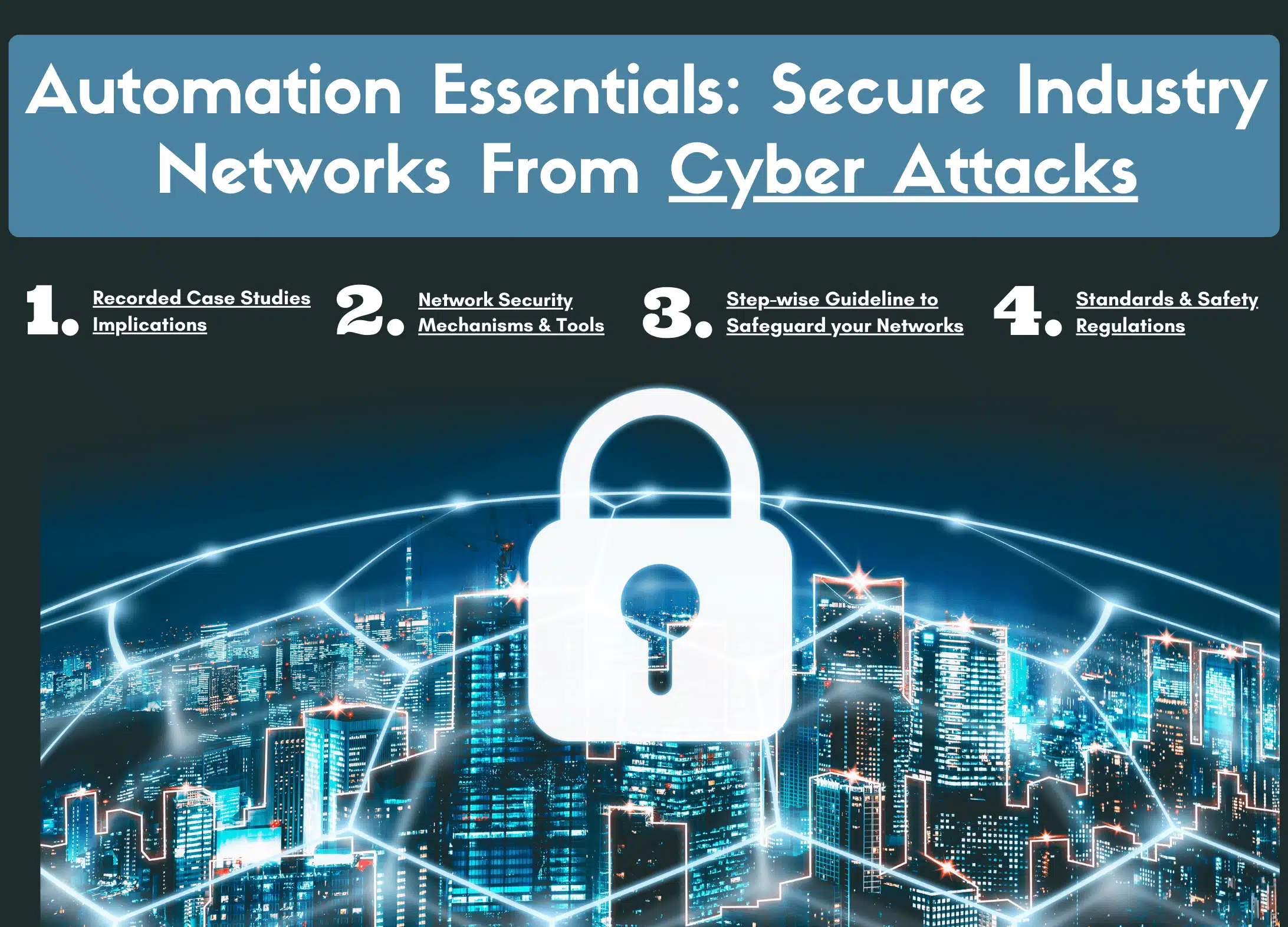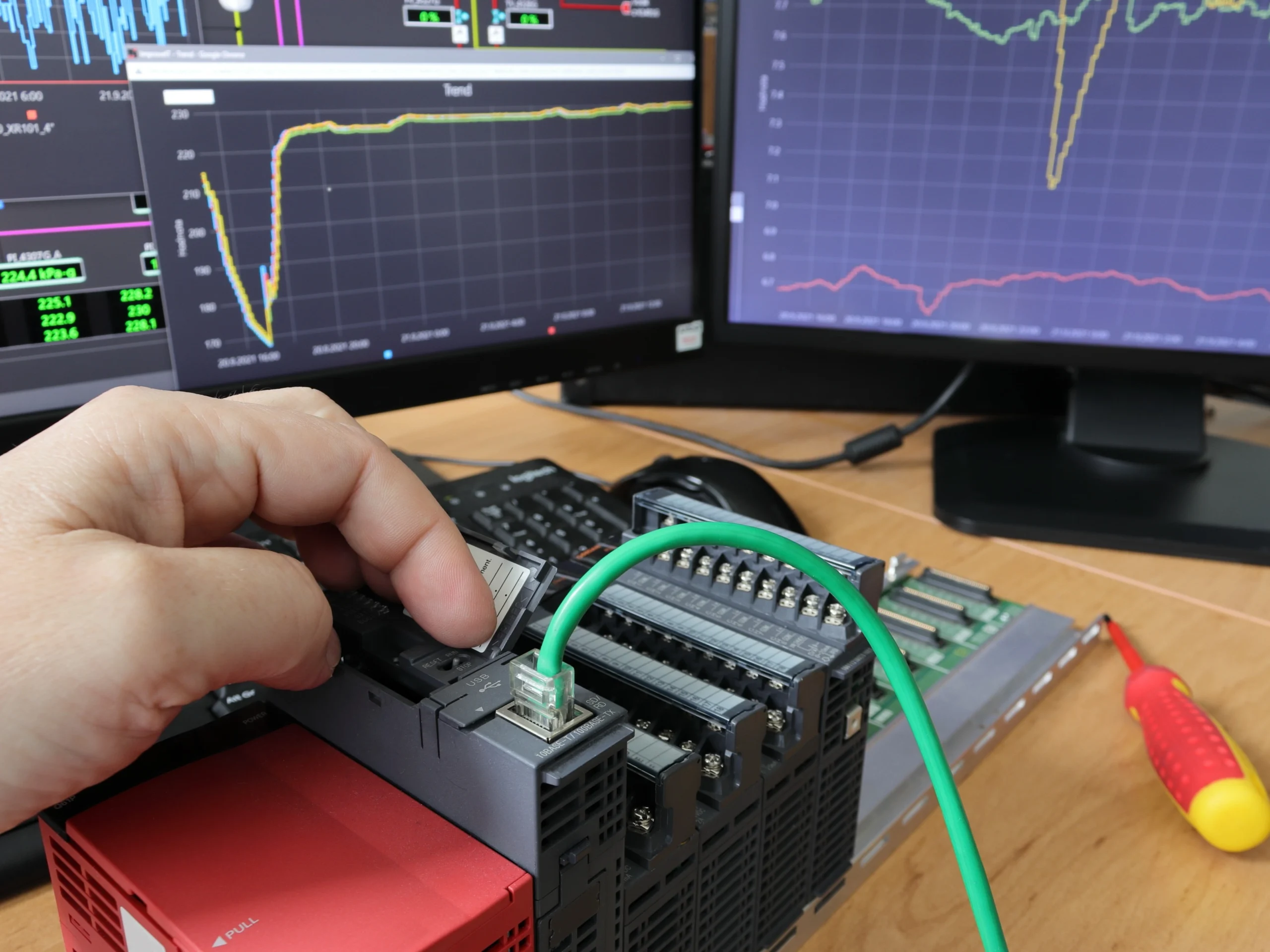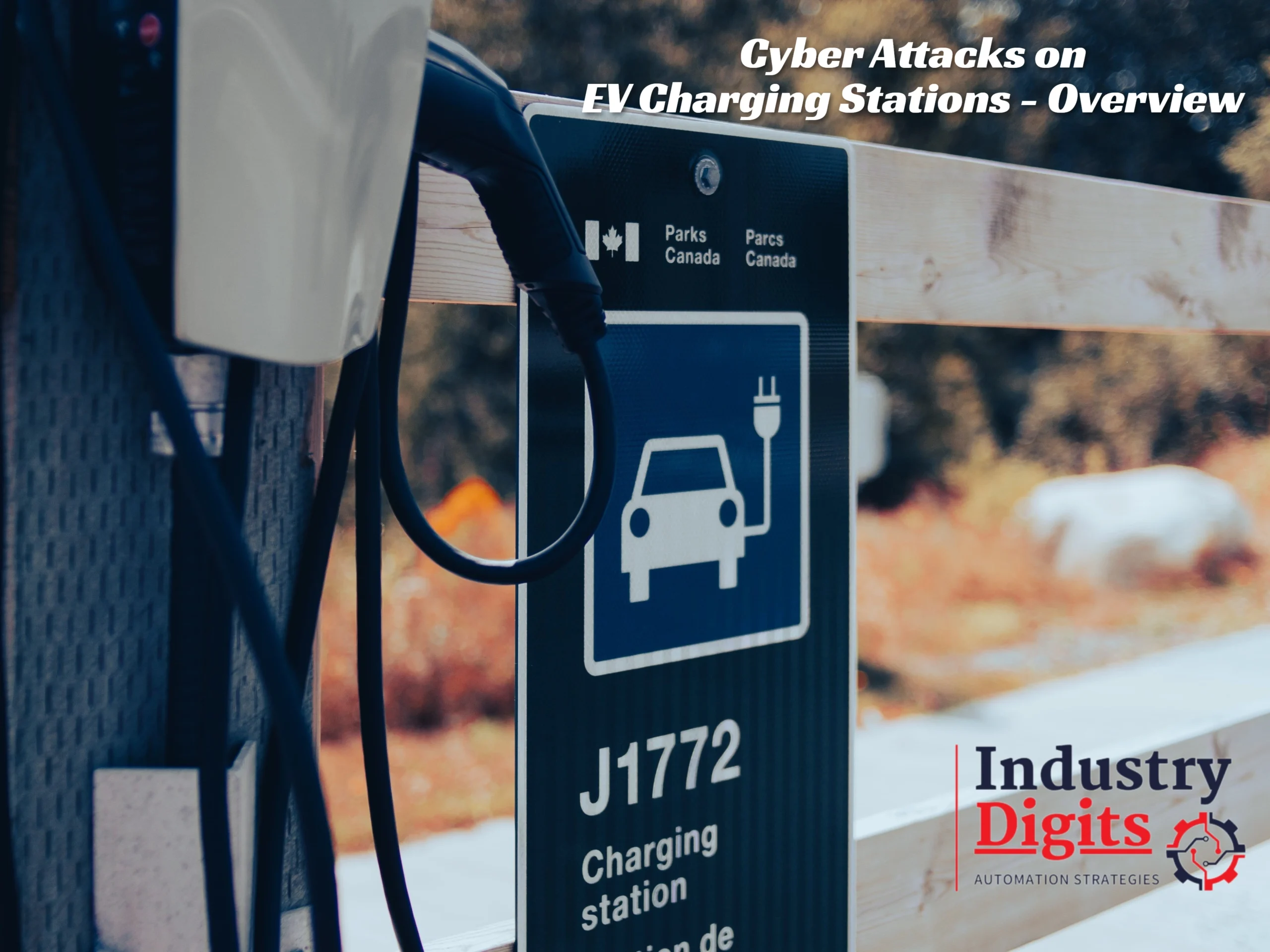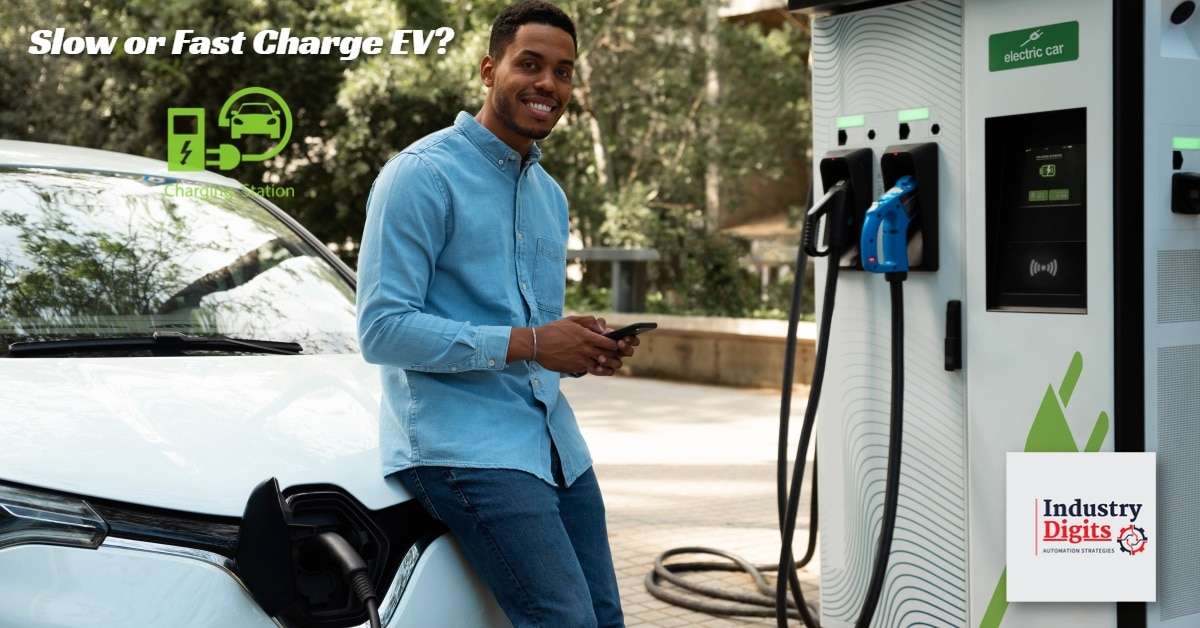“The expansion of EV charging networks presents significant business opportunities & innovations across various industries, from charging station operators to energy manufacturing. Read to find the role of Governments and Private players to capitalize on this complex opportunity. “
At present, 16.5 million electric cars are being used around the world, and this number is projected to grow substantially- up to an estimated 350 million vehicles over the next nine years! This shift towards sustainable transportation will undoubtedly revolutionize our planet for generations to come. To remain on track and reach net zero CO2 emissions in 2050, the percentage of EVs sold must stand at 60% by 2030. This presents several opportunities for businesses and innovations to capitalize on the increasing demand for electric vehicles (EVs) and the EV charging infrastructure.
In my previous article, I presented how the Affordable-Slow charging network is a better alternative solution for DC-based Fast charging stations. In this article, we will focus on the Demand trends of EV charging networks, the scope for innovation, business opportunities, government policies and benefits, and the challenges to be aware of while establishing the Charging network.
The Demand Gap for EV Charging stations:
EV owners often face challenges finding available charging stations, particularly during peak demand periods. This can be frustrating for drivers who may have to wait in long lines to charge their vehicles or be unable to find a charging station. As of January 2023, there are over 1.9 million EVs in the US, with only 160,000 EV chargers in operation (including proprietary chargers and charging stations). The demand gap for public EV chargers and charging stations is primarily due to a lack of investment in charging infrastructure. Many businesses and governments have been slow to invest because they see it as risky. This is particularly evident in rural and remote areas with less EV demand but still a need for charging infrastructure.
By the year 2030, estimations conclude that 28.3 million electric vehicles will be driving on American roads. To support such a large number of EVs, approximately 2.13 million Level 2 public chargers and 172,000 Level 3 public charging stations will be required in addition to home EV charge units. A similar pattern will be observed globally. This means there is an urgent need for more charging infrastructure to support the growing number of EVs.
Government Investments and Subsidies:
To address the need for Charging stations, many governments and businesses are investing in the development of charging infrastructure. For example, the Biden administration in the United States has proposed a $174 billion investment in electric vehicles, including funding for charging infrastructure. In Europe, the EU has set a target of deploying 1 million public charging points by 2025. In India, Government is offering various subsidies encouraging companies to actively participate in expanding the EV network. In addition, Government run industries are trying to build MoUs with private players and start-ups to expand the EV charging network.
Types of EV charging stations: Level 1, Level 2, and DC fast charging
The charging modes are standardized in IEC 61 851-1 and SAE J1772. There are three main modes of electric vehicle (EV) charging:
Level 1 Charging: Level 1 charging is the slowest and most basic mode of charging, and it uses a standard 120-volt household outlet.
Level 2 Charging: Level 2 charging uses a 240-volt AC power source, providing faster charging times than Level 1. Level 2 charging is typically done at charging stations that are either installed at homes or public locations such as parking lots or shopping centers. The charging time varies depending on the size of the battery, but it can take several hours to charge an EV using Level 2 charging fully.
DC Fast Charging: DC fast charging is the fastest mode of charging and is typically used for public charging stations along highways and at other locations where drivers need to charge their EVs quickly. DC fast charging uses high-voltage DC power to charge the battery rapidly, and it can typically charge an EV up to 80% in about 30 minutes.
EV Charging Network – Trends:
Though the primary business interest is focused on developing Fast Charging EV network, forecasts have proven that Globally, Level-1&2 (slow charge) technologies shall remain the prominent mode of charging for the next decade. The following study from McKinsey&Company depicts the comparative percentage of dominant EV charging modes between 2020 and 2030 in developed economies where EVs have considerably occupied the two-wheeler and passenger car markets.
Read more about: Affordable, Slow Level 1& 2 EV Charging Network Key for a Sustainable Future: Opportunities and Benefits

While fast-charging stations are becoming increasingly prominent in cities, there is a dearth of reliable and cost-effective slow-charging stations in other areas. This leaves many electric vehicles (EV) owners without affordable options and the convenience of slow-recharging their vehicles overnight or during work hours.
Economic opportunities for Businesses and Entrepreneurs:
The expansion of EV charging networks presents significant business opportunities across various industries, from charging station operators to energy manufacturing, such as:
- Charging Station Operators: Charging station operators set up and operate charging stations, earning revenue from the fees charged for EV charging. They can partner with businesses, government agencies, and property owners to install and operate charging stations in high-traffic areas.
- Energy Companies: Energy companies can provide or transport electricity to charging stations and partner with charging station operators to install and operate charging stations. This presents an opportunity for energy companies to expand their services and tap into the growing market for EV charging.
- EV Manufacturer Proprietary charging stations: EV manufacturers can partner with charging station operators and energy companies to install their Proprietary charging stations in high-traffic areas, specific to their EV Brands as a product exclusive service. This can help increase sales of their EV models.
- Maintenance and Service Providers: With the expansion of EV charging networks, there will be a need for specialist maintenance and service providers to keep the charging stations operational. Certified and authorized service operators will be trusted to provide repair and maintenance services to charging station operators.
- Partnerships and Real Estate Development: Real estate developers can incorporate EV charging stations into new developments, such as residential and commercial properties, to attract potential buyers or tenants who own EVs.
- Value-added and Mobile Charging Services: Mobile charging services can be offered to provide on-the-go charging for EV owners, particularly in areas where stationary charging stations are not yet available or accessible.
- Battery Swapping Services: Battery swapping services provide an alternative to charging stations, allowing EV owners to swap their depleted battery for a fully charged one. This presents an opportunity for companies to offer battery-swapping services and partner with EV manufacturers to standardize battery sizes and interfaces.
- Data Analytics and Management: EV charging networks generate a large amount of data that can be used to optimize charging station placement, pricing strategies, and other factors. This presents an opportunity for companies to offer data analytics and management services to charging station operators and other stakeholders.
As the demand for EVs continues to grow, these opportunities are expected to increase, providing new avenues for revenue and growth.
Innovative Solutions to Expand Charging Infrastructure:
Effective, innovative solutions can help drive the adoption of affordable slow chargers for electric vehicles. Various B2C and C2C models are being explored by early private players to capture the early EV charging market in the country:
- Innovative Business Models: Innovative business models, such as battery leasing, battery swapping, and pay-per-use models, can help make slow charging more affordable for EV owners.
- Shared Infrastructure: Shared infrastructure by EV owners or residential and industrial complexes for slow charging can help reduce costs and improve access to charging infrastructure for EV owners.
- Mobile Charging Solutions: Mobile charging vans or busses, which act as portable chargers, can help provide affordable slow charging options in areas with limited charging infrastructure.
- Public-Private Partnerships: Public-private partnerships can help drive the adoption of affordable slow charging by providing funding, technical expertise, and other resources to support the development of charging infrastructure.
Innovative solutions like these can help drive the adoption of affordable slow-charging infrastructure and support the growth of the electric vehicle market.
Developing EV charging infrastructure requires creative thinking and the participation of Foreign technologies, Private Players, and Universities. This means several stakeholders are involved in the transition to a more sustainable future.
Constructing a Sustainable and Cost-Effective EV Charging Infrastructure: The Challenges Ahead
Transforming the current IC transport system to an EV network across a nation is a huge undertaking that requires innovative technology, clever solutions, and collaboration between public and private sector entities. Governments are presented with certain complex challenges in transitioning from traditional fuel-powered cars to EVs:
- Optimal Location for Electric Vehicle Charging Stations: To ensure the greatest efficiency and convenience, it is essential to determine strategically located places for electric vehicle charging stations.
- Standard procedures for Grid Integration: With EVSE Charging stations to maintain the energy balance in the electric grid, standard and advanced procedures for Grid Integration have to be implemented.
- Software / Communication interface at Charging stations: As new concepts such as “smart grid” and “V2G” emerge, it has become necessary to have a suitable communication protocol for EV charging to enable certain features, including the identification of the vehicle and streamlining the billing process. Optimizing the charging cost by selecting the most cost-effective time and rates is also important.
- EIA (Environmental Impact Assessment) of Charging Station Infrastructure on the Environment: Although EVs are focused on reducing the carbon footprint and offer many environmental benefits, such as low to zero tailpipe emissions and reduced noise, the development of EV charging infrastructure requires a significant amount of land and energy, which can cause environmental issues. A study conducted in China assessed the life cycle environmental impact of four main types of EV chargers. The study found that the home charger had the lowest cumulative energy demand and global warming potential, while public AC and DC chargers had higher impacts, and the public mix chargers (which integrate both AC and DC charging) had the highest impact.
- Technology and Infrastructure development: Building an EV charging network requires significant investment in R&D, infrastructure, skilled manpower for the operation and maintenance of charging stations, and grid maintenance. Building infrastructure in remote areas can be particularly challenging due to the lack of reliable power supply and limited road connectivity.
- Standards and regulations: To ensure safety, interoperability, and reliability, establishing consistent technical standards and regulations for EV charging infrastructure.
- Funds and Costing models: Building an EV charging network can be expensive, and the cost is a significant barrier to entry for many businesses and investors. Finding sustainable business models and financing options to support the development of EV charging infrastructure needs proven models from Startups and Private companies to apply to the EVSEs.
- Grid capacity and peak load management: The deployment of large numbers of EVs can significantly strain the electrical grid, particularly during peak charging periods.
These challenges are compounded by the country’s diverse geographic and demographic landscape, which requires a multi-pronged approach to address.
Therefore, though the development of EV charging infrastructure is an essential step toward a more sustainable future, it requires creative thinking and the participation of Foreign technologies, Private Players, and Universities to address the challenges for wide spreading the EV charging network. With the right strategies and incentives in place, this transition can be made a reality.
What are the benefits of a country-wide EV network, and how do affordable slow chargers contribute to those benefits?
A country-wide EV network has numerous benefits, including reduced emissions, improved air quality, decreased dependence on fossil fuels, and increased energy security. Affordable slow chargers are critical to building a robust and accessible EV charging infrastructure to enable these benefits.
One of the main advantages of affordable slow chargers is their lower cost compared to fast chargers and battery-swapping stations. This affordability makes it easier for individuals, businesses, and governments to invest in and deploy charging infrastructure, especially in areas where there may not be a high demand for fast charging.
Read more about:Affordable, Slow EV Charging Network Key for a Sustainable Future: Opportunities and Benefits
– Feed from Lokesh Chennuru for Industry Digits
If you are passionate about staying informed of the newest smart automation products and technologies, our website is the perfect place for you! We post regular news and reviews to keep you up-to-date, as well as a comprehensive range of resources for owners and decision-makers. From beginner tips all the way through advanced advice, we have it covered – plus product recommendations so that you can make an educated purchase decision.














